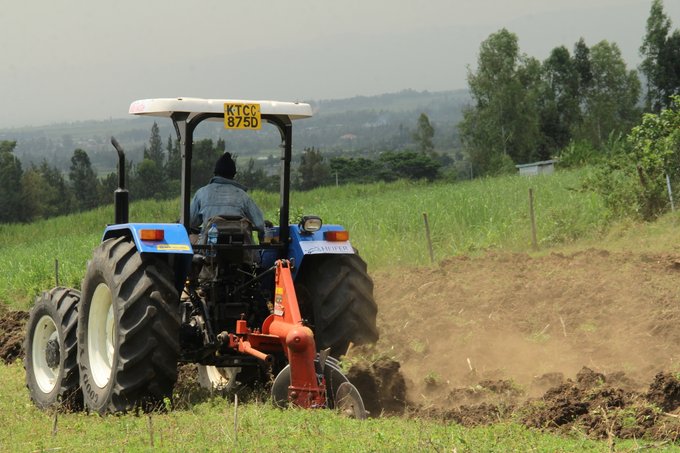
By George Munene
Fahari Aviation, a subsidiary of Kenya Airways PLC, will deploy high-capacity drones to cover over 3000 acres of tea plantation in less than two weeks for Kipkebe Ltd, a subsidiary of Sasini PLC. This will save an overall 50 per cent on cost and time efficiency in fertilizer and chemical spraying and spreading.
Kipkebe farm will be used to benchmark the effectiveness of drone use with a possibility to expand the service offering to other Sasini estates.
This follows Fahari Aviation signing a service agreement with Sasini PLC to offer precision agricultural services.
Related News: Former KQ pilot uses drones to help farmers increase yields & cut cost
Related News: Tipping the scales: How greed is killing Kenyan agriculture
Speaking on the signed agreement, Silas Njibwakale, Managing Director at Kipkebe Limited said, "The technology will definitely reduce the time span for fertilizer application on the tea fields ensuring that application coincides with good weather conditions, enhance crop yields while reducing attendant costs, as well as adverse impacts on humans and the environment.
As a leading agricultural enterprise, Kipkebe is uniquely positioned to lead our industry towards the future of sustainable farming.”
Drone technology in agriculture also offers better accountability of product supply as well as improved accessibility of tough terrains.
Related News: Eldoret company develops tea picking device halving production costs
Hawkins Musili, General Manager at Fahari Aviation said,” Agriculture forms the backbone of our economy, and drones have revolutionized agriculture by offering farmers major cost savings, and enhanced efficiency within the region. We are proud to announce this agreement as Fahari Aviation seeks to reach new heights for more precise applications within the agricultural sector.”
Write comment (0 Comments)

















